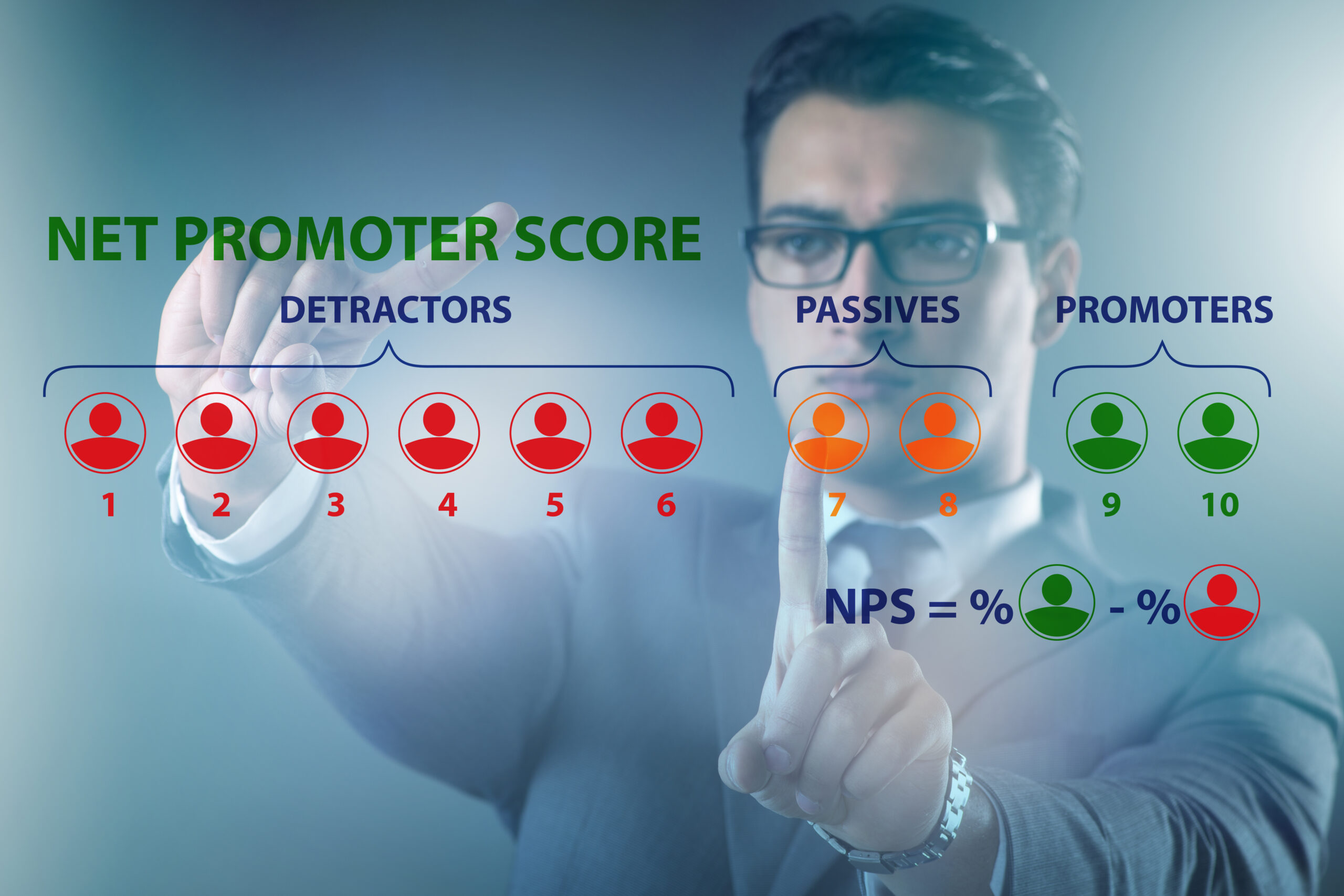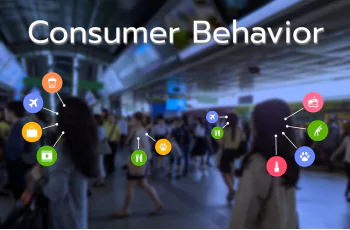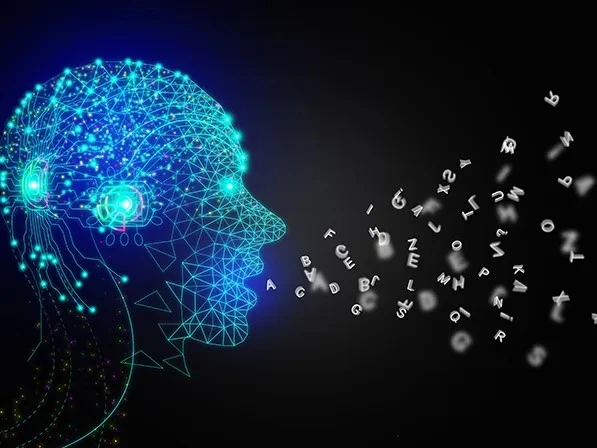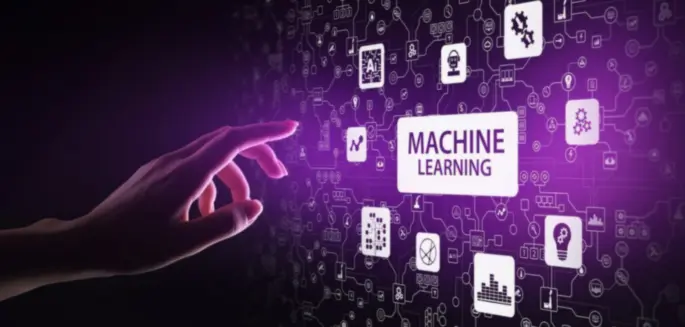How Do You Target the Right Audience using Marketing Intelligence?
As a business professional, you are probably responsible for making many important decisions, whether it be something as simple as drafting a social media post for the company account or coordinating the arrival of a revolutionary product to market. But with the burden of this many decisions, how do you know if you are making… Continue reading How Do You Target the Right Audience using Marketing Intelligence?
Easy Ways to Increase Conversions with Behavioral Segmentation
According to Accenture’s report, today, 87% of businesses concur that traditional experiences won’t meet the demands and expectations of consumers. With the segmentation technology, it’s very easy to understand clients on a deeper level. It plays a key role in the success of marketing campaigns. Grouping audiences into smaller segments based on their interests, actions,… Continue reading Easy Ways to Increase Conversions with Behavioral Segmentation
Use Location Analytics to Improve Bottom Line of Businesses
Geospatial data can enhance a business' data assets and provide more valuable insights. Incorporating geographic information into performance analysis can bring to light new insights.
How to Improve Your Brand’s Net Promoter Score (NPS)
A Net Promoter Score is a key metric to measure what your customers think of your brand. There are many ways to improve this score.
How to Use Propensity Modeling to Predict Customer Behavior?
Propensity modeling is a statistical technique used to predict future events. Machine learning allows companies to build robust propensity models and make accurate forecasts. In marketing, for example, propensity models are used to predict customer behavior.
How to Increase ROI Using Marketing Mix Model (MMM)
What if you knew how to sell more for less? We can help you. Marketing Mix Modeling is the secret to your marketing success.
Sentiment Analysis Tools: How to Select the Right One for Businesses
It is often helpful to review the sentiments of your consumers when analyzing a business. Analyzing buyer sentiments is to ensure that the perceptions others have of your brand are the same as the ones you believe they should be. Any industry can use sentiment analysis, including finance, retail, hospitality, and technology, using either the available tools or developing it in-house.
What is Marketing Mix Modeling (MMM) and How Does It Work?
Marketing Mix Modeling is a technique for estimating the effects of marketing variables on customer behavior based on mathematical and statistical techniques. The Marketing Measurement Model analyzes the past and predicts the future implications of marketing decisions using statistical and analytical tools.
How Real-Time Marketing Analytics Can Change Your Business Strategy?
Increasingly, businesses are realizing that real-time marketing analytics are a must-have in the world of digital marketing. Companies can make better decisions about where to allocate resources and how to adjust their marketing strategies on the fly when they track and analyze data in real time
















